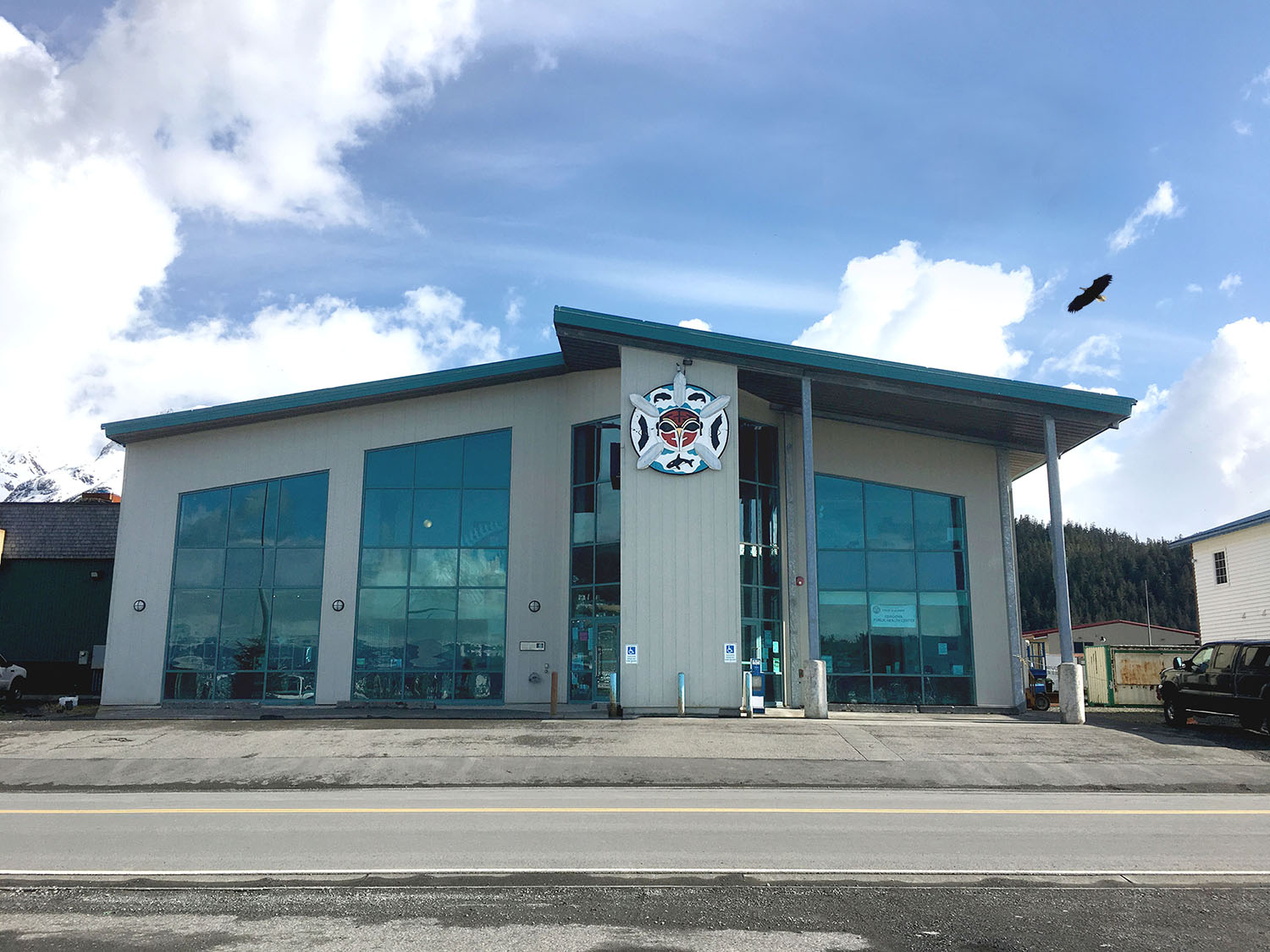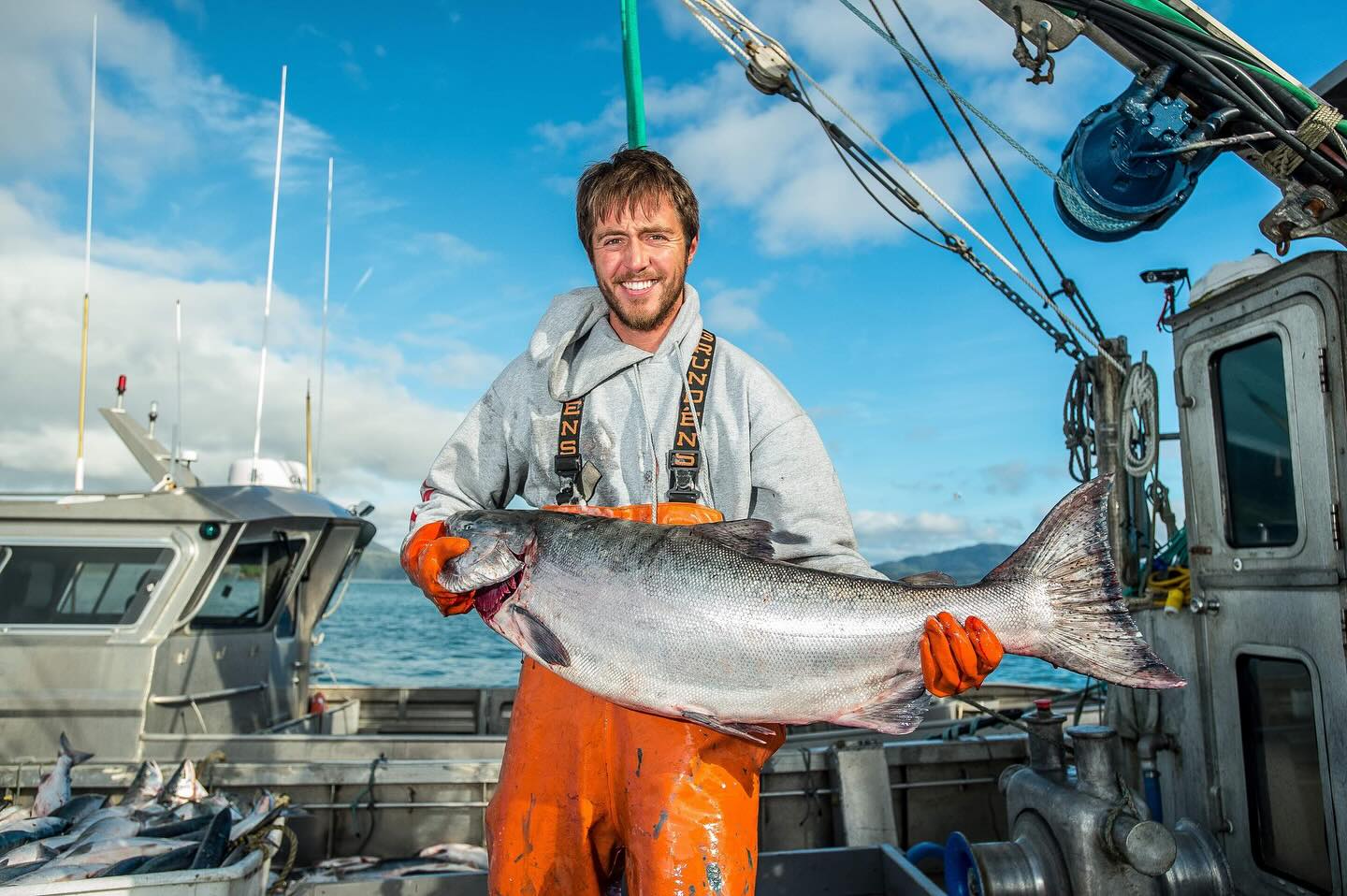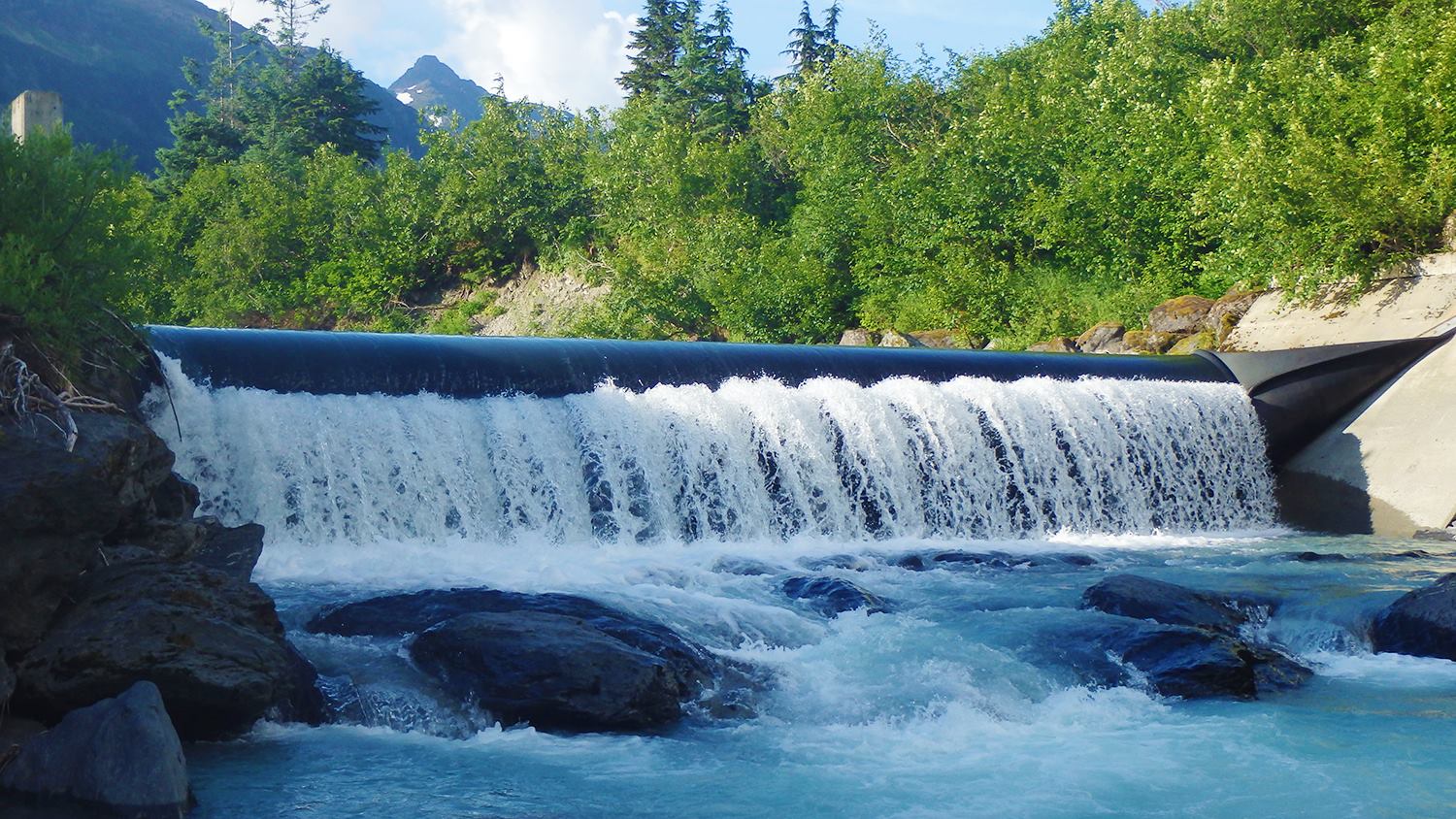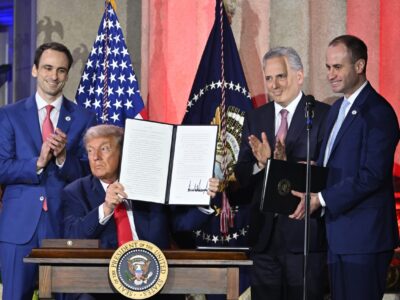In September 2024, the U.S. Environmental Protection Agency (EPA) announced $300 million in Climate Pollution Reduction Grants to 33 Tribal applicants and one Territorial applicant. The $15 billion Climate Pollution Reduction Grants program aims to support awarded entities in crafting and implementing plans to minimize carbon emissions and air pollution, particularly through clean energy projects and environmental justice initiatives. Together, these 34 awarded proposals will reduce carbon emissions by 7 million metric tons, which equates to the same amount of carbon emissions released by 1.4 million residences through their annual electricity usage.
Among the awardees was the Alaskan Native Village of Eyak’s Capital Projects Department. The village will use its $4.9 million grant to upgrade the Humpback Creek Hydroelectric project’s infrastructure and build a water-storage dam. The ability to store extra water captured from winter and summer storms and spring runoff will increase the site’s hydroelectric capacity.
The Native Village of Eyak is a self-governing Tribe in the remote city of Cordova, whose customary and traditional use areas include the Copper River, the Gulf of Alaska, and the Prince William Sound. Although the Tribe was federally recognized in 1980, the dAXuhnyuu (Eyak), Sugpiat Alutiit, Tlingit, and Athabaskan peoples have spent over 10,000 years in this homeland.

Photo Courtesy Native Village of Eyak
The Humpback Creek Hydroelectric project itself was preceded by an older plant that Cordova Power Company built in the early 1900s, enabling the growing port city of Cordova to meet local energy demand. The Cordova Electric Cooperative, the city’s only electricity provider, finished building the modern project in 2011. The Alaska Energy Authority estimates that the site eliminates the need for between 250,000 and 300,000 gallons of diesel fuel annually, or approximately 12.8 million gallons over its lifetime.
It is not the only hydroelectric project serving the area. While the Humpback Creek hydro project provides about 10% to 15% of Cordova’s electricity, the Power Creek Hydro plant provides about 65% to 70% of the area’s electricity. Clay Koplin, CEO of the Cordova Electric Cooperative, explained to National Fishermen, “Just to put that in perspective financially, it cost $24 million to build this entire project, the intake and the pipeline and the power plant and everything, the road, access roads. Both projects were designed to have the least impact on the spawning area. In its first 20 years of operation, it has already saved over $50 million in diesel fuel alone.”
Last year, the Cordova Electric Cooperative achieved 80% hydropower usage, setting a record for renewable energy usage. “We are looking at every opportunity to use hydro and not use diesel,” noted Leif Stavig, human resources coordinator and Koplin’s executive assistant.

Photo Courtesy National Renewable Energy Laboratory
The EPA expects the newly funded updates to Humpback Creek will halve the community’s reliance on diesel for electricity and increase its energy mix to 90% generated by clean energy. The project will reduce carbon emissions by 3,000 metric tons between 2025 and 2030 and by 18,000 metric tons between 2025 and 2050. With improved air quality and healthier ecosystems, public health will benefit. “Any reduction in burning diesel fuel is an improvement in air quality, for our residents and in reduced greenhouse gas emissions,” said Kristen Smith, mayor of Cordova and executive director of the Prince William Sound Economic Development District.
These updates will also promote energy resiliency and independence. With the increased use of technologies like heat pumps and electric vehicles, local households and businesses will see lower energy bills. “If we didn’t have hydropower the cost of diesel power generators would go through the roof. If it wasn’t for the inexpensive hydropower the cost of diesel power would put us all out of business,” added Rich Wheeler, co-owner of 60° North Seafoods and a fisherman of more than two decades.
These benefits align with the vision in the Cordova Priority Climate Action Plan, which was produced in cooperation with the Climate Pollution Reduction Program and released last year.
The city of Cordova’s marine ecosystems and seafood harvesting industry, in particular, will benefit. The commercial fishing industry is central to life there, with the Copper River fisheries famous for salmon and generating about $100 million for the local economy every year. The added water storage at the Humpback Creek will help the region process seafood in July and August, when there are typically water shortages but a lot of seafood to be harvested.

Photo Courtesy Copper River Salmon
Hydroelectric power has the support of Alaskan legislators. In March, U.S. Senator Lisa Murkowski (R-AK) reintroduced the Maintaining and Enhancing Hydroelectricity and River Restoration Act, which would create a 30% federal tax incentive to support upgrades to existing dams, new infrastructure to assist in the passage of fish, and more recreational opportunities near hydroelectric projects.
Sen. Murkowski said, “Hydropower provides clean, reliable, and affordable baseload energy around Alaska, but we’ve just begun to tap into our potential for this abundant resource.”





